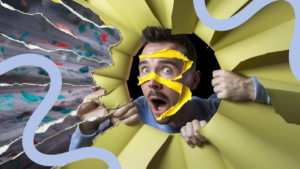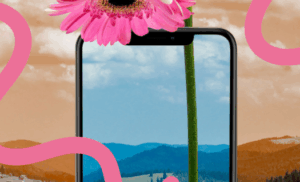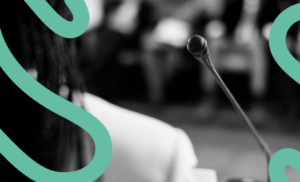Recently, I read something that caught my attention. “Remember the radio station that, when you were a kid, only played oldies? Well, now it only plays great songs”. What once represented our parents’ taste is replaced by something equally outdated as time goes by. What was then modern for us, today are the hits that never go out of fashion. Or so we think.
In some way, our tastes, our aesthetics, our way of valuing things, are shaped throughout a specific stage of our lives, when we lack references and we have to develop them. Then we compare everything to that vital moment and, of course, anything new stands to lose. Cutting-edge marketing and communication campaigns now remind us of others we have already known and we even see them as a copy. Behavioural science and behavioural marketing hold the key.
Our brains rely on heuristics to make decisions more quickly. These are shortcuts, thinking mechanisms that save us time and get us out of a lot of trouble, because they are so effective at acting with confidence. However, there are often glitches in the system. These are the biases, cognitive and emotional, which act as prejudices that, in a certain percentage of cases, lead us to make mistakes.
Some of these biases have a lot to do with how our tastes develop, and these, in turn, determine how we make judgements. We are not aware of it, but the reasons that lead us to think that the way social networks are used now compared to their early days, or that the boldness of an advertising campaign on the street or in audiovisual media is now less than it was years ago, may have to do with the way in which our order of values is configured.
“Some cognitive biases have a lot to do with how our tastes develop, and these, in turn, determine how we judge”.
Biases that influence how we judge and evaluate
What biases are most influential in this view that values the present more highly than the past? Essentially, four:
- The nostalgia bias. It leads us to value more positively both the events and people of the past as opposed to those of the present. Even when the actual experience was not as good as we remember. This leads us, for example, to recover aspects experienced and to relive them with longing and emotion, which is used, for example, to recover them through campaigns that target consumers who, years ago, lacked the economic capacity to make purchasing decisions, but who today are in another position and activate these mechanisms to purchase products when they are stimulated by those memories that, today, are sweetened.
- The anchor effect. In this case, what we are first exposed to (communication and marketing campaigns, for example) establishes the point of comparison for later experiences. Those that arrive must be measured against those that, in our minds, occupy an ideal concept.
- The confirmation bias. It feeds on the previous one, because when we have a defined taste, we end up looking for content that endorses it. This includes everything from literature to music or, of course, advertisements or communication campaigns.
- The stereotype bias. It means that we tend to categorise our surroundings according to previous experiences. Categorising often means typecasting, to the extent that we find it difficult to place something, such as a particular creative action, outside the range we assign to it at a given moment.
In short, all of this makes up what we could call the “M-80 Effect”, that radio station that will never stop playing great songs for a certain segment of its customers. According to this “effect”, any fact has value if it resembles the stage at which our judgement was formed, which is usually the stage of adolescence.
When we no longer think they are great songs, perhaps we should consider whether we have moved on to another consumer segment. Will the market typecast us for it?










